Revolutionize Collision Repairs: Master Four-Stage Paint System
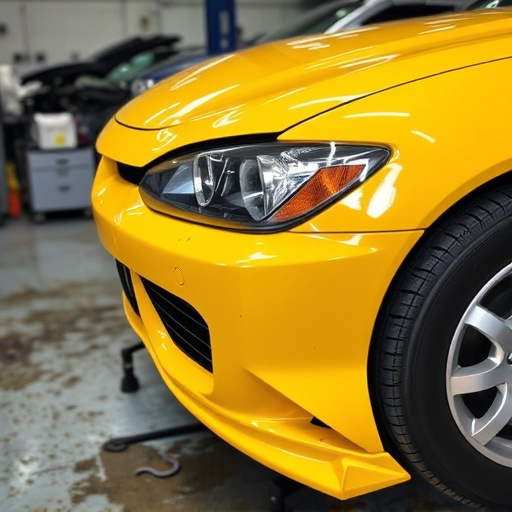
The four-stage paint system is a meticulous, 4-step process for automotive collision repair: surface…….
Welcome to an in-depth exploration of the four-stage paint system, a revolutionary approach that has transformed the painting industry. This article aims to demystify this complex process, offering readers a comprehensive understanding of its history, applications, and global impact. By delving into its various facets, we will uncover why this system is not just a passing trend but a game-changer with lasting implications.
The four-stage paint system, also known as 4S or advanced paint technology, is an innovative method for applying coatings to various surfaces, primarily in industrial and automotive settings. It involves a meticulous, multi-step process designed to enhance durability, aesthetics, and performance. The system comprises four distinct stages:
Surface Preparation: This initial stage involves cleaning and preparing the substrate (e.g., metal, wood) to ensure optimal adhesion of the subsequent paint layers. Techniques may include sandblasting, chemical stripping, or power washing.
Priming: A primer is applied to seal the surface, provide a smooth base, and improve paint adherence. Primers can be water-based or solvent-based, each offering unique advantages in terms of drying time, coverage, and resistance to chemicals.
Color Coat: Here, the chosen color or finish is applied, often using advanced technologies like electrostatic spraying or robotic application for precision and efficiency. This stage sets the tone and visual appeal of the final product.
Clear Coat (or Top Coat): The final layer involves applying a clear coat to protect the paint job. Clear coats enhance durability by providing an extra barrier against environmental factors, scuffs, and scratches, ensuring the longevity of the painted surface.
The concept of a multi-stage paint system dates back several decades, with early forms appearing in the automotive industry to address quality control issues. However, the modern 4S system has evolved significantly through advancements in materials science and manufacturing techniques. Key milestones include:
1950s-1960s: Introduction of two-stage paint systems (color + clear coat) in automotive manufacturing, revolutionizing the industry’s painting process.
1980s: Development of water-based primers and paints, offering improved environmental friendliness and faster drying times.
1990s-2000s: Integration of advanced technologies like robotic application systems and computer-aided design for precise color matching and consistent finishes.
2010s: Focus on sustainable practices leads to the development of eco-friendly clear coats and primers, reducing volatile organic compounds (VOCs) and minimizing environmental impact.
The four-stage paint system has become a cornerstone in various sectors, including automotive, aerospace, marine, and construction, due to several key advantages:
Enhanced Durability: The multi-layer approach provides superior protection against corrosion, chipping, and fading, ensuring the painted surface remains pristine for extended periods.
Superior Aesthetics: Consistent application techniques and advanced color mixing technologies enable precise color matching, resulting in visually appealing finishes.
Improved Performance: Primers and clear coats enhance paint adhesion, reducing blistering, peeling, and other defects, thus improving overall product quality.
Versatility: The system can be tailored for diverse substrates and applications, from protective coatings on bridges to intricate automotive refinishing.
The four-stage paint system has transcended geographical boundaries, leaving a significant global footprint:
North America: Pioneered by the US automotive industry, this region continues to drive innovation with advanced robotic systems and high-performance coatings.
Europe: Known for its stringent environmental standards, European manufacturers have embraced eco-friendly 4S solutions, reducing VOC emissions and promoting sustainable practices.
Asia Pacific: Rapid industrialization in countries like China and Japan has led to a surge in demand for 4S systems across various sectors, from automotive to construction.
Several trends are shaping the future of the four-stage paint system worldwide:
Digital Transformation: The adoption of digital technologies, such as computer-aided design (CAD) and industrial internet of things (IIoT), is optimizing painting processes, improving precision, and enabling remote monitoring.
Sustainability Focus: Environmental concerns are driving the development of low-VOC and water-based formulations, along with bio-based raw materials, to minimize the industry’s carbon footprint.
Customization and Personalization: Consumers in various sectors demand unique, customized finishes, leading manufacturers to invest in flexible 4S systems capable of producing a wide range of colors and effects.
The global four-stage paint system market is characterized by intense competition and rapid technological advancements:
| Region | Market Size (2022) | Growth Rate (2023-2028) |
|---|---|---|
| North America | $15.6 billion | 4.2% |
| Europe | $9.2 billion | 3.7% |
| Asia Pacific | $22.1 billion | 5.5% |
| Rest of World | $4.8 billion | 3.1% |
Investment in four-stage paint systems typically focuses on:
Research and Development: Companies allocate substantial resources to innovate, develop new formulations, and improve application technologies to gain a competitive edge.
Manufacturing Infrastructure: Upgrading production facilities with advanced equipment for efficient, high-quality manufacturing is a priority for many businesses.
Marketing and Customer Engagement: Building brand awareness and fostering partnerships with key industry players are crucial for market penetration and expansion.
The 4S system contributes to economic growth and development in several ways:
Job Creation: The industry supports a diverse range of jobs, from skilled painters and technicians to researchers and marketing professionals.
Industrial Growth: It drives the expansion of related sectors, including automotive manufacturing, construction, and aerospace, contributing to overall GDP.
Export Potential: Advanced 4S technologies offer significant export opportunities for countries with a strong manufacturing base, enhancing their global trade position.
The four-stage paint system has witnessed several technological breakthroughs:
Nanotechnology: Nanoparticles enhance coating properties, improving durability, scratch resistance, and UV stability.
Self-Healing Coatings: These innovative materials can repair minor damages, extending the life of painted surfaces.
Antimicrobial Finishes: Incorporating antimicrobial agents into clear coats provides enhanced hygiene, particularly in healthcare facilities.
Digital technologies are revolutionizing painting applications:
Robotic Application Systems: Advanced robots can precisely apply paint, ensuring consistent coating thickness and minimizing waste.
Computer Vision and AI: These technologies enable real-time quality control, detecting defects and ensuring optimal paint distribution.
3D Printing for Customization: 3D printing allows for the creation of intricate patterns and designs, catering to personalized customization demands.
The future holds immense potential for 4S technology:
Smart Coatings: Integrating sensors and connectivity into coatings enables real-time monitoring of surface conditions, predictive maintenance, and enhanced safety features.
Biomimicry: Drawing inspiration from nature’s designs, researchers are developing self-cleaning, anti-fouling, and adaptive coatings for various applications.
Additive Manufacturing: 3D printing techniques will continue to evolve, offering unprecedented design freedom and customized paint solutions.
The four-stage paint system is subject to various policies and regulations worldwide, ensuring environmental protection, worker safety, and product quality:
Environmental Regulations: These include restrictions on VOC emissions, guidelines for waste management, and standards for the use of hazardous substances. For instance, the European Union’s REACH (Registration, Evaluation, Authorization, and Restriction of Chemicals) regulation sets stringent limits on chemical usage.
Occupational Safety Standards: Ensure safe working conditions for painters and technicians, including proper training, protective gear, and exposure limits to harmful substances.
Product Quality Assurance: Regulations mandate specific performance standards, testing procedures, and documentation requirements for paint manufacturers.
Regulatory frameworks play a critical role in shaping the industry:
Innovation vs. Compliance: Stricter environmental regulations can stifle innovation but also drive the development of eco-friendly technologies. Balancing these is essential to encourage sustainable progress.
Global Harmonization: International agreements, such as the Globally Harmonized System (GHS), aim to align safety standards worldwide, facilitating trade and ensuring consistent product information.
Local Adaptations: Different regions adapt global regulations to suit local needs and conditions, ensuring relevant and effective governance.
Despite its numerous advantages, the four-stage paint system faces several challenges:
Initial Cost: Implementing 4S systems requires significant upfront investment in technology, training, and infrastructure, which can be a barrier for smaller businesses.
Technical Complexity: The multi-stage process demands specialized skills and knowledge, requiring companies to invest in employee training or attract skilled labor.
Supply Chain Disruptions: Global supply chain issues can impact the availability of raw materials and components, affecting production timelines and costs.
To address these challenges:
Government Incentives: Subsidies, tax benefits, and grant programs can help offset initial implementation costs for businesses adopting 4S technologies.
Training Programs: Public-private partnerships can offer comprehensive training initiatives to upskill workers and bridge the talent gap.
Supply Chain Resilience: Businesses should explore diverse supplier networks, local sourcing, and inventory management strategies to mitigate supply chain risks.
Tesla, the electric vehicle (EV) pioneer, employs a sophisticated four-stage paint system to achieve its signature sleek finishes. Their process includes:
Surface Preparation: Tesla uses advanced sandblasting techniques to ensure a smooth base for painting, critical for achieving high-quality finishes on complex EV body panels.
Primer Application: A water-based primer provides excellent adhesion and rapid drying, enabling efficient production lines.
Color Diversity: Tesla offers an extensive range of colors, utilizing advanced color mixing technologies to achieve precise matches, catering to customer preferences.
Clear Coat Protection: Their clear coat is designed to withstand the unique challenges posed by EV bodies, including thermal expansion and corrosion from lithium-ion batteries.
Boeing, a global aerospace manufacturer, relies on the four-stage paint system for its aircraft, ensuring durability and aesthetics in extreme environments:
Stringent Quality Control: Boeing employs robotic application systems with built-in quality control sensors to ensure consistent coating thickness and minimal defects.
Corrosion Prevention: The 4S system includes specialized primers and top coats designed to resist corrosion from moisture, salt, and other environmental factors prevalent in aviation environments.
Aesthetic Excellence: Boeing’s aircraft are known for their pristine finishes, achieved through meticulous surface preparation and advanced color mixing techniques.
A European shipowner embraced a sustainable four-stage paint system to reduce the environmental impact of its fleet:
Low-VOC Formulations: They switched to water-based primers and clear coats, significantly reducing VOC emissions during painting and curing.
Bio-Based Raw Materials: Exploring bio-resins derived from vegetable oils for color coatings offered a more sustainable alternative to traditional petroleum-based resins.
Energy Efficiency: Implementing energy-efficient heating and drying systems further minimized the carbon footprint of their painting operations.
Several avenues offer promising opportunities for the four-stage paint system:
Renewable Energy Infrastructure: The growing installation of solar panels, wind turbines, and other renewable energy assets requires robust protective coatings, driving demand for 4S technologies.
Electric Vehicles (EVs) and Autonomous Vehicles (AVs): As the EV market expands, so does the need for specialized painting solutions to meet unique performance and aesthetic requirements. AVs will also require advanced coating technologies for corrosion protection and visual clarity.
Healthcare Facilities: The healthcare sector’s focus on infection control and hygiene will continue to drive demand for antimicrobial finishes and self-cleaning coatings.
Keep an eye out for these emerging trends:
Adaptive Coatings: Materials that change properties in response to external stimuli, such as temperature or light, offering enhanced protection and functionality.
Printed Electronics: Integrating electronic components directly into paints enables smart surfaces with sensing, communication, and energy harvesting capabilities.
3D Printed Customization: The continued development of 3D printing technologies will facilitate unprecedented customization, allowing for unique designs and complex geometries in coatings.
The four-stage paint system has evolved from a niche application to a transformative technology across diverse industries. Its global impact is evident, with regions adopting advanced coating technologies to drive innovation, sustainability, and quality. As the world navigates an increasingly complex and interconnected future, this system will play a pivotal role in shaping the aesthetics, durability, and performance of countless products and structures.
Q: What makes the four-stage paint system better than traditional painting methods?
A: The 4S system offers significant advantages, including improved durability, superior aesthetics, enhanced performance through primers and clear coats, and greater versatility for diverse applications.
Q: How does the 4S system contribute to sustainability?
A: It promotes sustainability through water-based formulations, low-VOC content, and bio-resins, reducing environmental impact and compliance with eco-friendly regulations.
Q: Can the four-stage paint system be used on DIY projects?
A: While it is primarily industrial and commercial, the system’s principles can inspire DIY enthusiasts to explore advanced painting techniques for home improvement projects.
Q: What are the challenges in implementing 4S technologies?
A: Initial costs, technical complexity, and supply chain disruptions are key challenges, but government incentives, training programs, and diverse supplier networks can help overcome these hurdles.

The four-stage paint system is a meticulous, 4-step process for automotive collision repair: surface…….
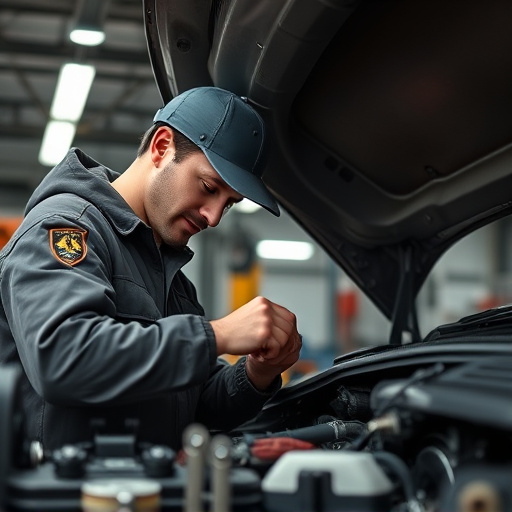
The four-stage paint system is a meticulous automotive collision repair process ensuring top-quality…….

The four-stage paint system ensures top-quality car paint repairs, from minor scratches to complex M…….
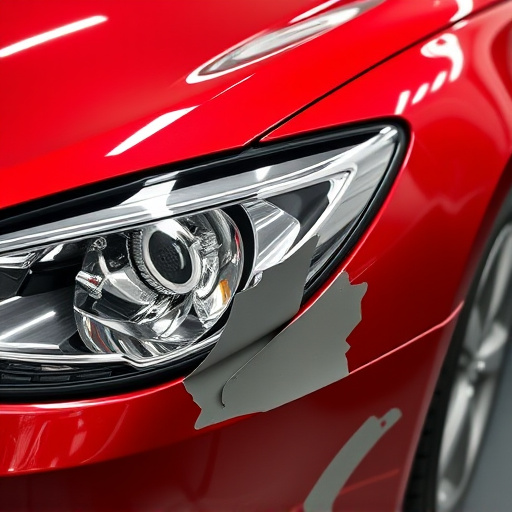
The four-stage paint system is a meticulous approach to automotive repairs, emphasizing surface prep…….
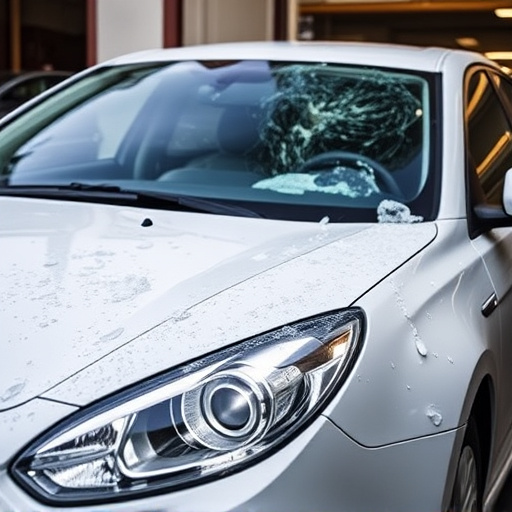
The four-stage paint system is a meticulous automotive collision repair process ensuring superior qu…….
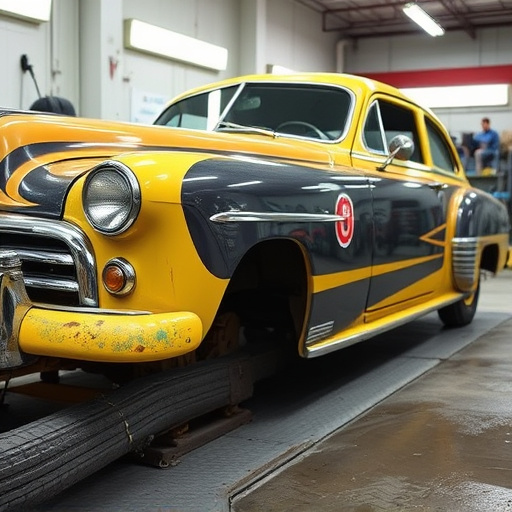
The four-stage paint system is a comprehensive solution for vehicle repairs, addressing both structu…….
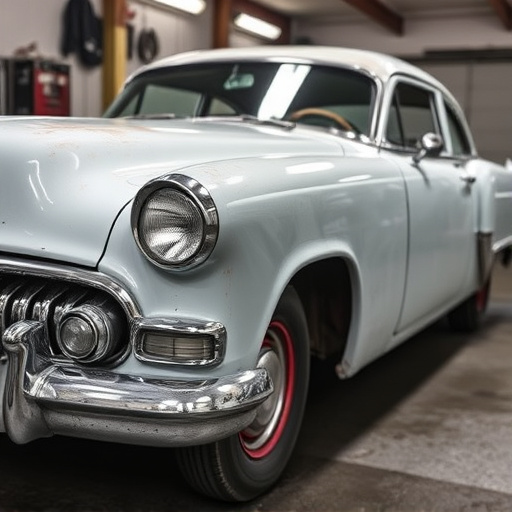
The four-stage paint system is a meticulous car restoration process ensuring top-quality and durable…….
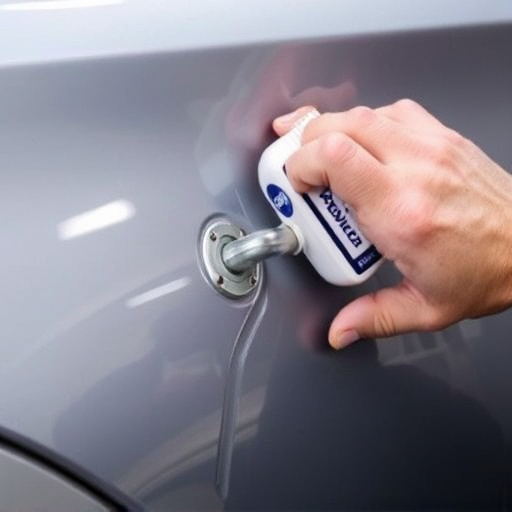
The four-stage paint system revolutionizes luxury vehicle repair with a meticulous process: surface…….

The four-stage paint system revolutionizes automotive painting with a meticulous approach, encompass…….

The four-stage paint system is a specialized approach for electric vehicles (EVs), addressing their…….